Calvert School
Part of the “quiet little valley surrounded by high-rises.” The Calvert School is located at the corner of Canterbury and Tuscany Roads. The independent school provides instruction for children from pre-school through the eighth grade. They also have an Early Childhood Learning site at Cross Keys.
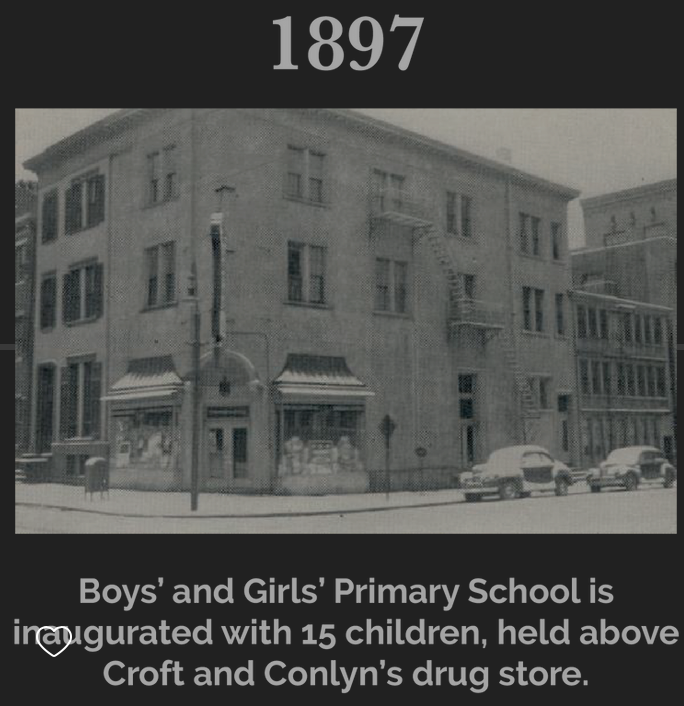
1897 Calvert School Begins
Calvert School was not always located in Tuscany-Canterbury, nor was it always known as Calvert School. In 1896 Issac Dixon and his wife started a German kindergarten for four children in the Dixon home on Park Avenue. They hired a German schoolteacher, Martha Auguste Schurmann, for their children. Pleased with the children’s progress, they quickly decided to build on their success. In 1897 a small group of physicians, professors, and merchants promoted a “German Kindergarten,” based on the educational philosophy of Frederick Froebel, who empathized motor skills, self-generated activity, and cooperative play. Boys’ and Girls’ Primary School was inaugurated with fifteen children.
1900: Virgil Hillyer, First Headmaster
Daniel Gilman, then president of Johns Hopkins University, was instrumental in finding Virgil Hillyer, a Harvard graduate, became the first headmaster. His vision and innovative philosophy of education, and teaching methods led to the Calvert School as we know it today. Hillyer changed the name of the school to Calvert. He selected the name Calvert for the school because it was the family name of the British founders of Maryland. Also, of local significance are the school colors of black and yellow, selected from Baltimore’s flag.
Hillyer is credited with introducing many innovations in education to Baltimore, including the use of green chalkboards and yellow chalk; it’s said to be easier to read than the traditional white chalk on black boards. At his school, zweiback, a type of German bread, was the preferred snack, being considered healthier than sugar-loaded cookies. The school had a gym, but Mr. Hillyer thought that children should play games for recreation, not competition. Beautiful murals encouraged interest in classical subjects.
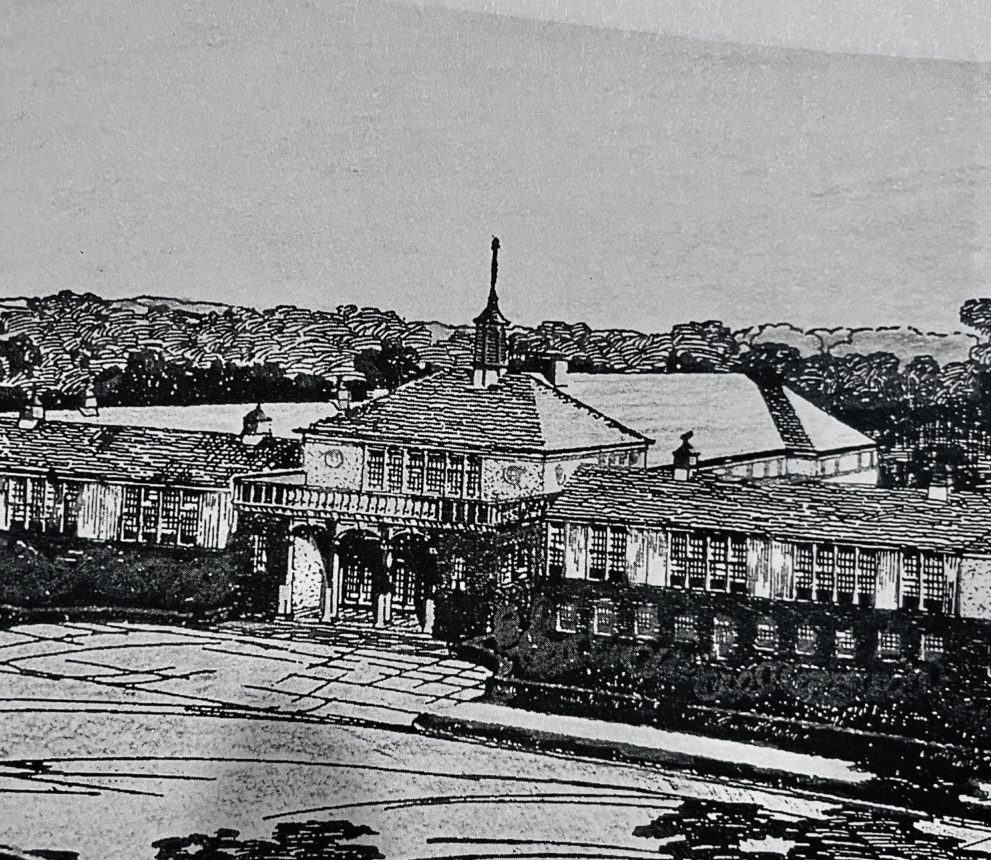
1918-1924: School moves to Tuscany-Canterbury
By 1918 the school outgrew the building on Chase Street by 1918 and wanted to move to the “suburbs”. Families were moving northward to where the air was clean and fresh, and the transportation was good. The school purchased four lots for $21,000 at what was then 100 40thStreet.
1924: Laurence Hall Fowler designs the new school
Hillyer appointed his friend Lawrence Hall Fowler as architect for the new school. Hillyer insisted on larger windows so that rooms would be pleasant to children and let in light and air. The school is built with the hallways and classroom around five courtyards attractively planted with trees, bushes, and flowers.
Lawrence Hall Fowler also designed the Italian villa-inspired house built for the first headmaster of Calvert School, Virgil Hillyer, in 1929 at 200 Tuscany Road. Castalia was sold and later repurchased by Calvert in 2005. In 2006, Castalia was added to the city’s historic landmark list in 2008. Calvert preserved Castalia for their school-related use. Castalia is again the home of Calvert’s headmaster.
1927: 40th Street becomes Tuscany Road
Hillyer lobbied to change the street’s name from an undistinguished address to Tuscany Road. Many other names were debated. The Baltimore Sun in 1927 editorial urged the retention of 40th Street. Hillyer prevailed and honored the Italian countryside he loved with the Tuscany name.
Read other information about Calvert and Hillyer, by Jane Tinsley Swope Baltimore Sun, Oct 26, 1994
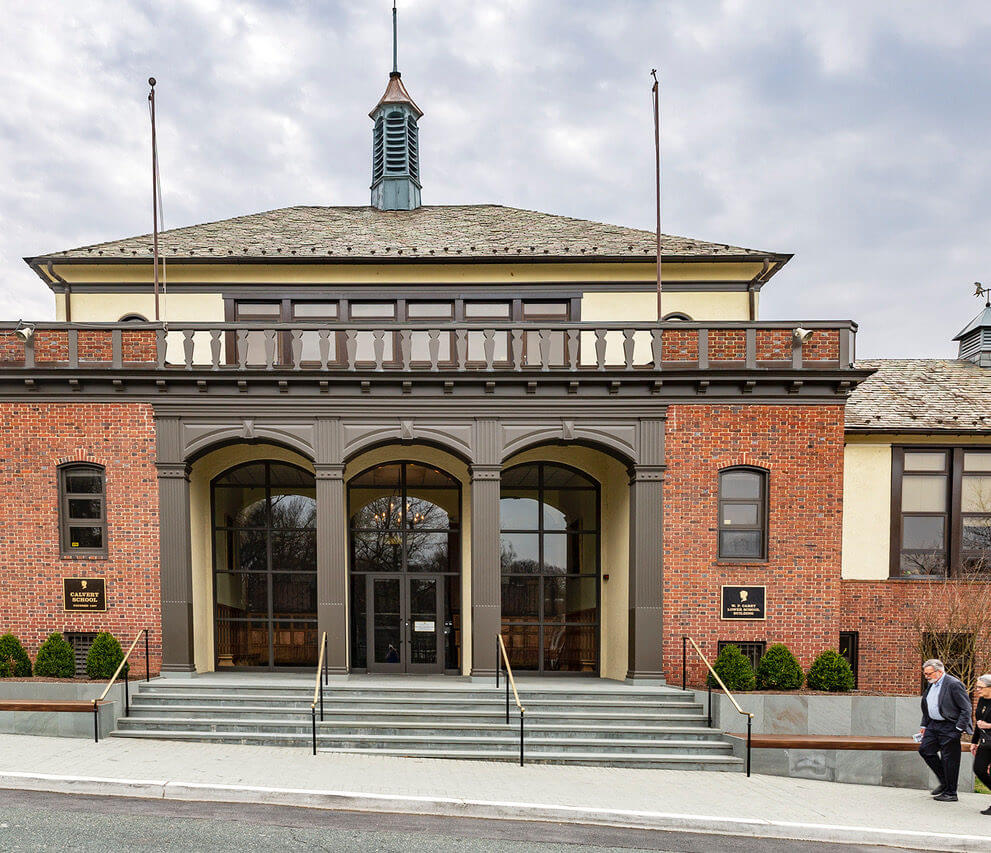
1978, 1986: Expansions
The 1978 expansion absorbed the Hopkins fraternity house on the corner of Canterbury Road and Tuscany Road. Calvert debuted a new playing field across the street in 1978 and the Luetkemeyer Planetarium in 1979. The Luetkemeyer Wing of the Lower School opened in 1987. The new space included a library, science and art classrooms.
2000 Expansion: Middle School
This expansion allowed the school to grow by two grades from sixth grade to the eighth grade and added 200 additional students. The total enrollment would be able to reach 700 students. In the summer of 2000, the school quietly purchased the house the architect Laurence Fowler designed for his sister, at 2 Oak Place, to be used for administrative affairs.
A few months later, Calvert’s board announced its plans to purchase other property near Oak Place, the eleven luxury apartments at 4300 North Charles Street. By razing the garden apartment buildings (comprising ninety-one homes), and purchasing several other fine homes, Calvert acquired space to build a middle school with athletic fields, a gymnasium, and classroom. Expansion plans also included additions and alterations to the Fowler house, and a parking lot. See more about the purchase.
This additional eight acres increased the campus from five-acre campus to a total of thirteen acres. The additional land is heavily utilized and has great impact on the surrounding communities. In 2001 covenants were approved by the Guilford Association, Tuscany-Canterbury Neighborhood Association, the Tuscany-Lombardy Community Corporation, Gardens of Guilford, and the Ridgemede/Ridgewood Condo Association. The covenants last for 25 years until 2026.
Several important parts of the covenants are:
- No high school would be built on the land.
- No additional property would be able to be purchased unless approved by the groups who have covenants with Calvert.
- Traffic on Tuscany Road cannot back-up beyond Ridgemede Road. (Details are in the covenant). Middle school students would be dropped off using the Charles Street entrance.
See more about the purchase of 4300 N Charles.
2001 Covenants
In 2001, representatives of the Calvert School and the TCNA signed an Agreement of Restrictive Covenants
2008 Expansion
Tuscany-Canterbury Neighborhood Association and other groups agreed to the Calvert School purchase of 3906 Canterbury Road. This allowed the school to extend the school around the corner with more space to increase enrollment and limit the space for classroom, offices, or conference rooms. The space will not be used for auditorium, gymnasium, or space for other large gatherings. This amendment ends in 2026.
See the 2008 Amendment for complete information.
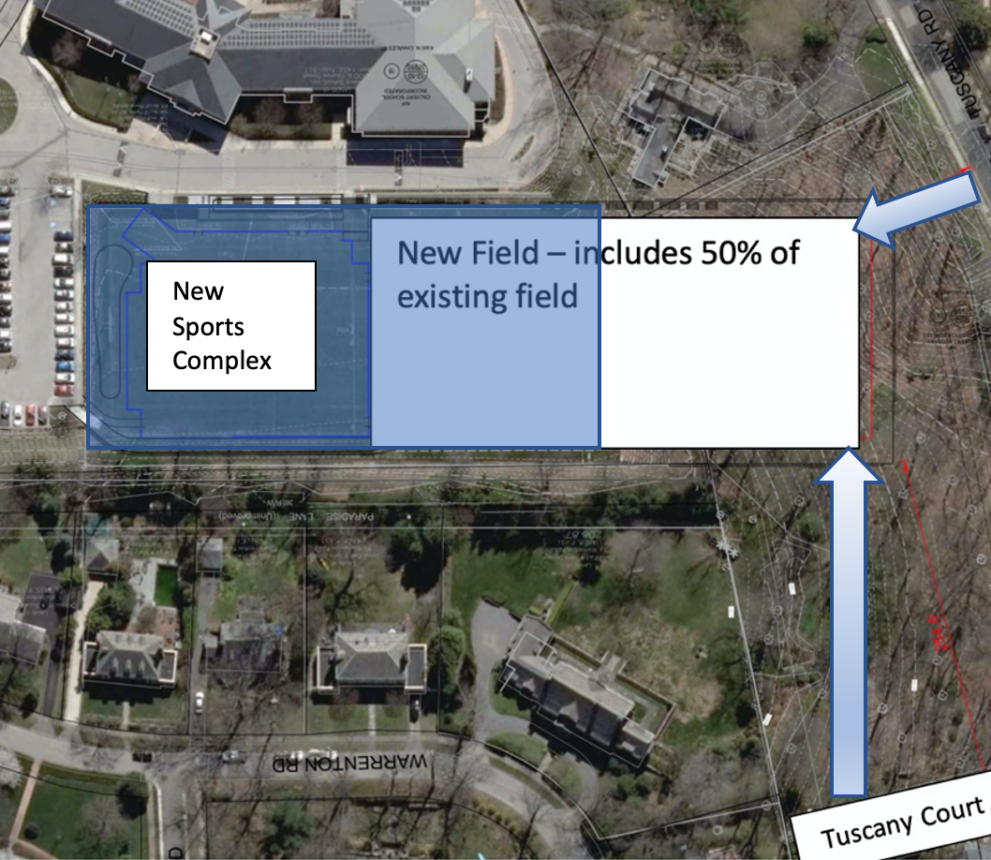
2018 Athletic Center addition
2018 Purchase of 2.7 Wooded Acres on Tuscany Road for Squash Courts and Athletic Center
Tuscany-Canterbury Neighborhood Association formed a coalition of groups that were part of the original 2001 covenant and negotiated an agreement that allowed Calvert School to purchase the woods in the 200 block of Tuscany Road. This area would include a two-story building that would house 10 squash courts. In 2022, Calvert wanted to modify the amendment to move the squash court building to the Charles Street side and add a new athletic facility in the same building.
The Luetkemeyer Athletic Center is nearly 13,000-square-foot turf field and an updated fitness center for students and faculty. The new facility provides one of Calvert’s most popular offerings, the Middle School squash program, by introducing 10 brand-new courts for on-campus play. These courts, include spectator viewing areas, and allows Calvert to move squash practice and competition on campus for the first time in the program’s history.
In addition to enhancing the squash program, the new athletic center will provide a valuable practice facility for more than two dozen other sports, including soccer, lacrosse, football, and field hockey, that will benefit from indoor facilities. Information on the restrictive covenants for this expansion are included below.
2021 Forest Conservation Easement
Baltimore City required 1.4 acres of the 2.7 acres purchased by Calvert School in 2018 be placed in a Forest Conservation Easement . The agreed upon TCNA/Calvert buffer zone remains, plus additional land was included in the Forest Conservation Easement. This easement permanently runs with the land and was approved by the Baltimore City Planning Commission on June 26, 2021.
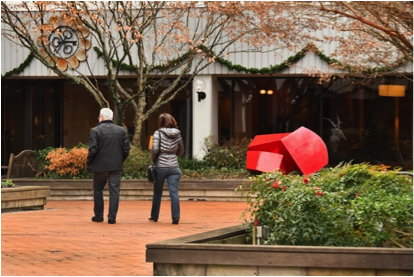
2021 Kiddie Calvert
In the Fall of 2021, Calvert School expanded its Kiddie Calvert program to an off-campus facility located in the Village of Cross Keys. The second Kiddie Calvert’s early childhood center accommodates about 100 children aged 10 weeks to 5 years old. The original Kiddie Calvert continues to serve 30 students at Calvert’s Lower School building on Tuscany Road.